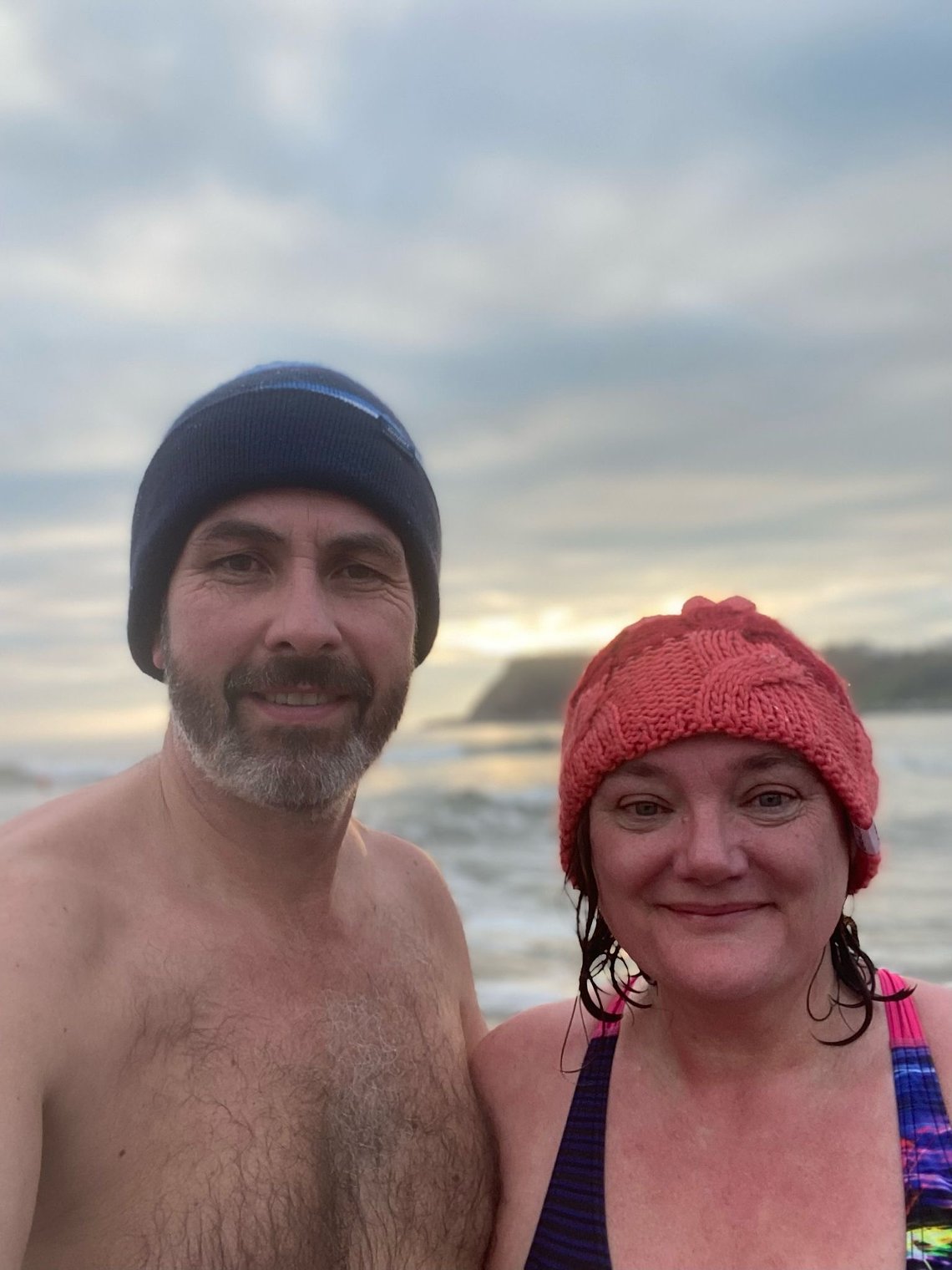Afterdrop- feel cold and shivering even hours after cold plunge?
What is it and how to prevent it.

Posted on Wed 26 Mar 2025
🌊 Cold Water Afterdrop: What It Is & What To Do About It 🌊
So you’ve had your cold dip, you’ve dried off, maybe even had a brew in your hand – but your teeth are chattering, your body won’t stop shaking, and hours later, you’re still not feeling quite right. Sound familiar?
Welcome to the world of afterdrop – or as we sometimes call it, aftershock.
It’s more common than you think, and while it can feel a bit scary, it’s totally natural once you understand what’s going on.
❄️ What Is Afterdrop?
Afterdrop happens when your body temperature continues to drop after you’ve left the water. It’s a result of how your body prioritises protecting your core when exposed to cold.
Here’s the science (with no fluff):
When you get into cold water, your surface blood vessels vasoconstrict – meaning they shrink to keep warm blood in your core and protect your vital organs.
Your skin, muscles, and limbs get cold fast – but your core stays toasty.
Once you’re out of the water, those same vessels relax (vasodilate), and the cold blood from your arms and legs returns to your core.
That colder blood mixing into your core can make your internal temperature dip even more – this is afterdrop.
Your body reacts with intense shivering to try and warm itself up – sometimes long after you’re home, dry, and wondering if something’s gone wrong.
You haven’t broken yourself. It’s just your body doing its job.
🔥 Should You Jump in a Sauna or Hot Shower?
Tempting, right? But chucking yourself into intense heat straight after cold exposure doesn’t stop afterdrop – and can sometimes make it worse.
Why? Because heat on your skin causes even more surface vasodilation – sending more cold blood rushing into your core.
So while it feels great in the moment, it doesn’t always help your body recover properly. Especially if you’re not used to it.
✅ How to Minimise Afterdrop
You don’t need to be a Wim Hof disciple to get this right – just follow a few key steps:
Don’t stay in until you’re frozen. Get out before you hit your coldest point – your body continues cooling after the plunge.
Layer up immediately. Dry, warm clothes. Head covered. Socks on.
Move. Gentle exercise (like horse squats or walking) helps generate body heat and push warm blood around naturally.
Drink something hot. Tea, broth, warm water – anything to help warm your core from the inside.
Skip the hot shower. Let your body do its thing naturally – over time, this builds resilience.
Keep building exposure. The more regularly you dip and warm up gradually, the more brown fat and mitochondria your body develops. That means faster warming and less risk of afterdrop.
🧠 Remember: It’s Normal
Afterdrop can feel intense. Shaking. Disorientation. Feeling cold to the bone. But it’s a natural part of cold exposure if your body isn’t acclimatised or you’ve stayed in too long.
Your best defence? Understanding what’s happening and trusting the process.
Cold water is powerful medicine – but like any medicine, it needs care, respect, and knowledge.